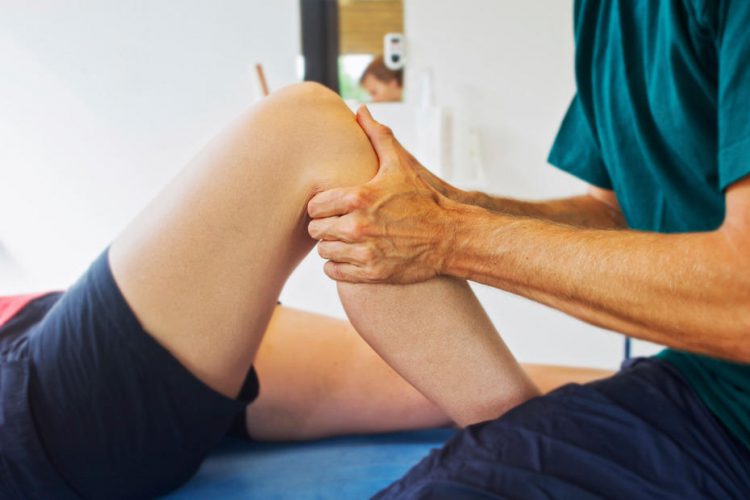
Periostitis

What is periostitis?
Periostitis is an inflammation of the periosteum, which is the most external part of the bone. Usually, the most frequent occurence is tibial periostitis. This type of condition particularly affects runners due to repeated stress induced by rapid impacts and a prolonged and/or too intense contraction of the posterior tibial muscle . This muscle is located at the front of the inner leg.
Clinical presentation and causes
The repeated stress leads to a mechanical overload that can be due to a number of causes, from fatigue to tissue lesion. Often, the pathology develops into a tendonitis (inflammation of the tendon – muscle attachment). If the condition is not treated, tibial periostitis can deteriorate and lead to a stress fracture or even a complete fracture.
Tibial periostitis usually occurs with diffuse pain at the level of the tibia and often along the tendon of the posterior tibial muscle or the soleus muscle (deep part of the calf).
The pain is generally increased by any activity requiring weight bearing such as running, walking, jumping and prolonged standing. This condition often occurs in conjunction with a mechanical alignment defect of the legs such as fallen arches (hyperpronation) and/or a rapid increase in the intensity and duration of the activity.
Treatments
This type of injury is commonly treated in physiotherapy. First of all, it is important to reduce the signs and symptoms of pain either with painkillers such as ultrasound, ice, taping, rest and muscular relaxation techniques.
Moreover, it is important to investigate the possible cause of this injury during sessions:
- Change in the activity (intensity, duration, frequency, volume)
- Evaluation of the standing posture (leg alignment)
- Evaluation of the gait and/or running pattern (biomechanics in motion)
Exercises remain important for treating this condition. It is important to strengthen the ankle and knee. Balance can also be very relevant to explore in order to ensure the proper control of foot landing during impact both when running and walking. Finally and depending on the assessment, stretching can be good for relaxing muscles after an effort in order to reduce muscle tension placed on the external part of the bone, which in this case is the tibia.
According to the information collected and the physical analysis, you might need to adjust your running pattern, add intervals or even go to full rest. A referral to an orthotist may be necessary if the cause seems to be due to the position of the foot and cannot be corrected by exercises and changes in the activity.
Please don’t hesitate to consult a member of our team if you are experiencing this type of pain or if you have any questions on the subject. We will be happy to accompany you in your journey toward pain-free activity.




